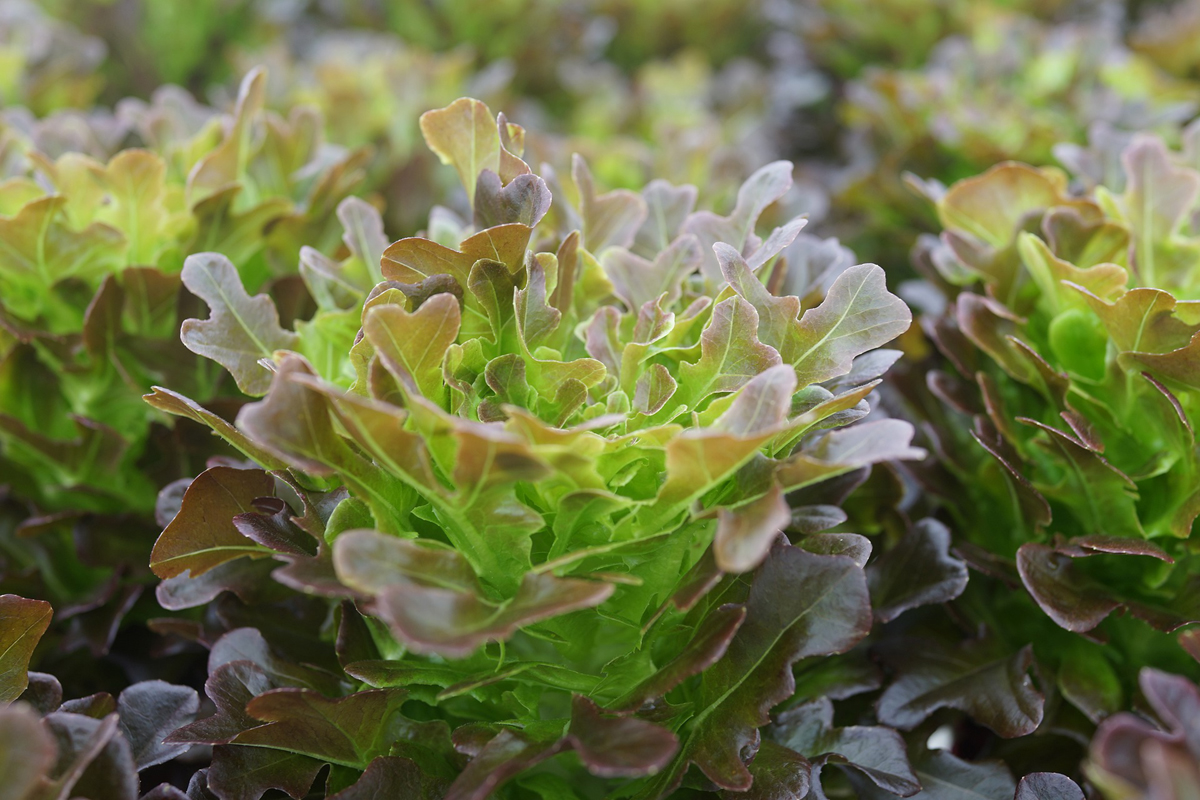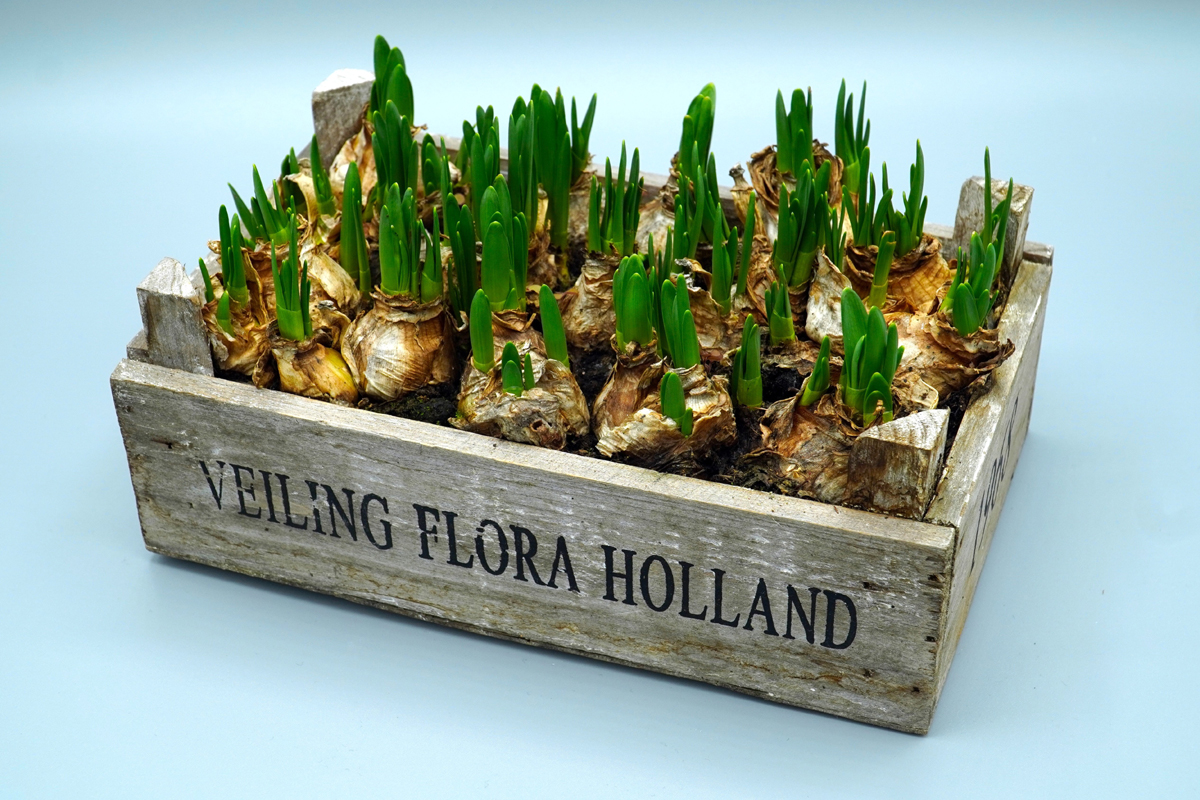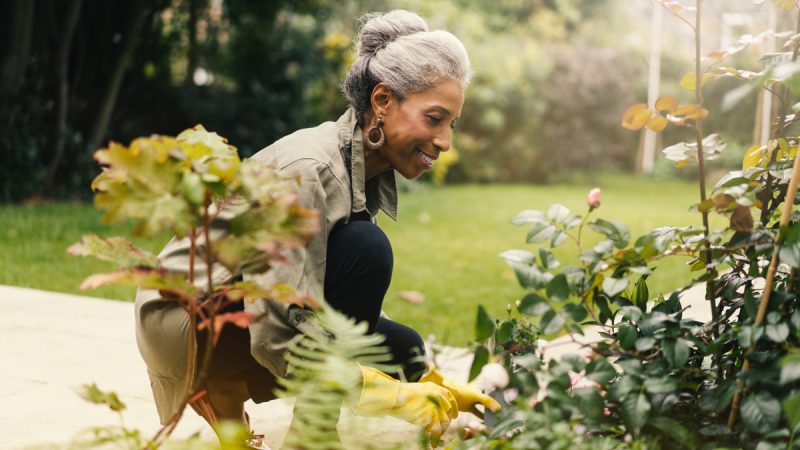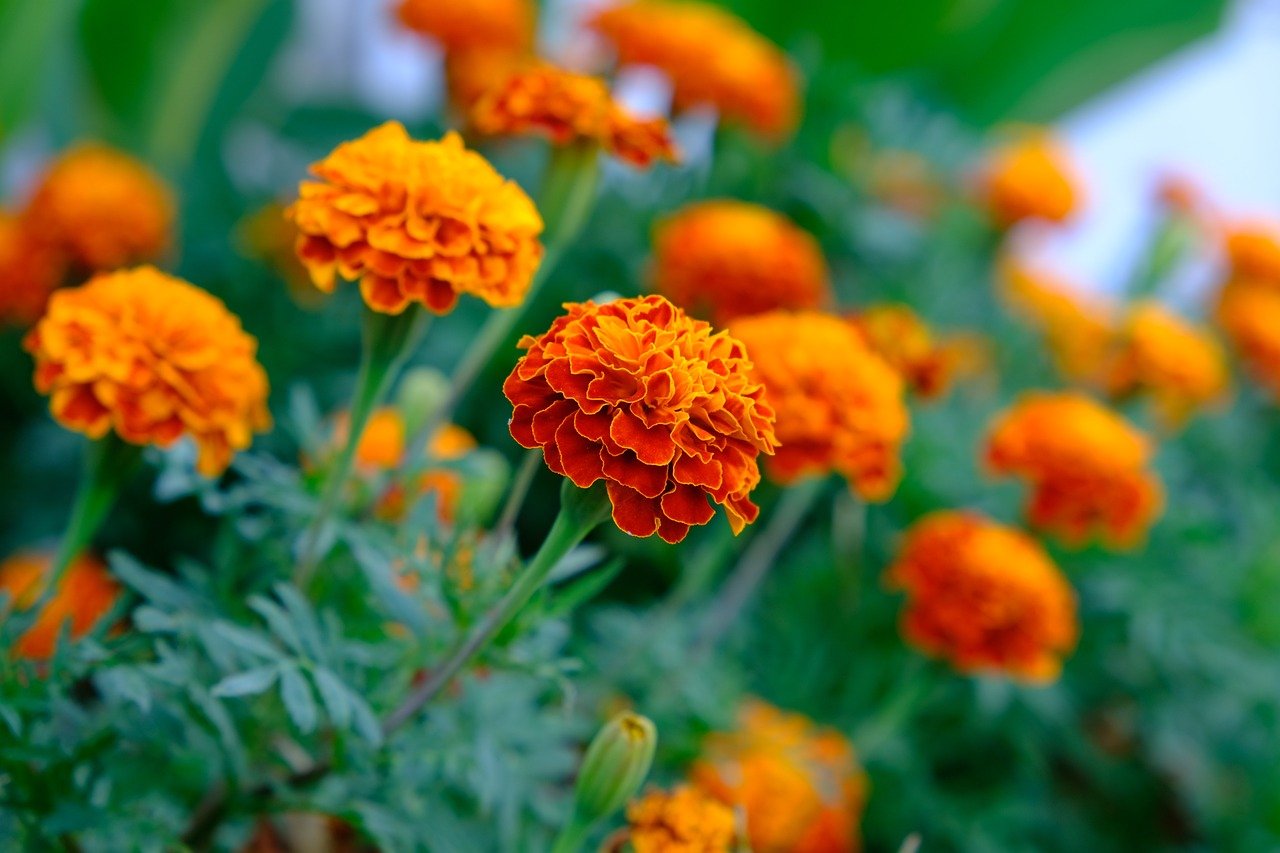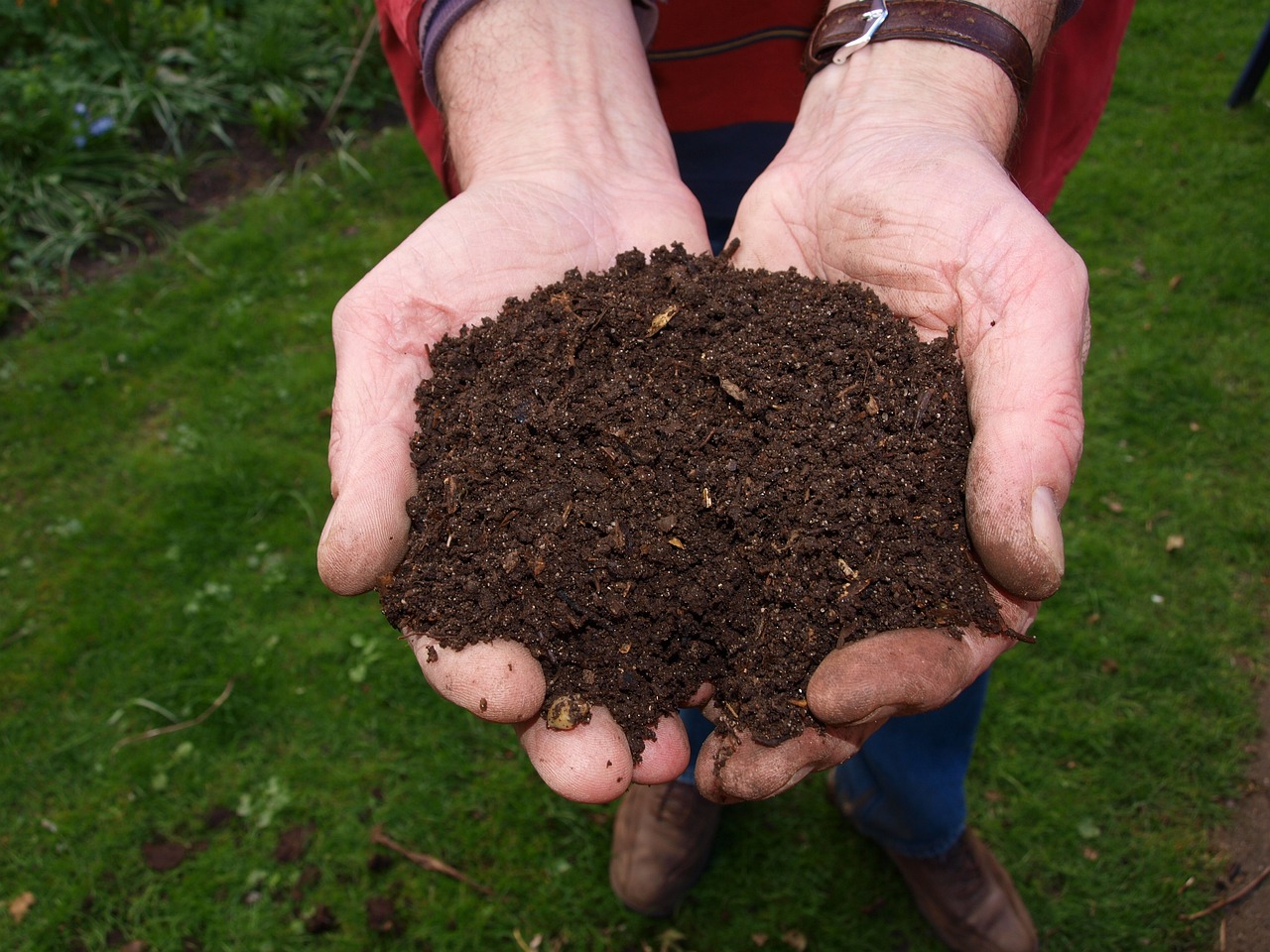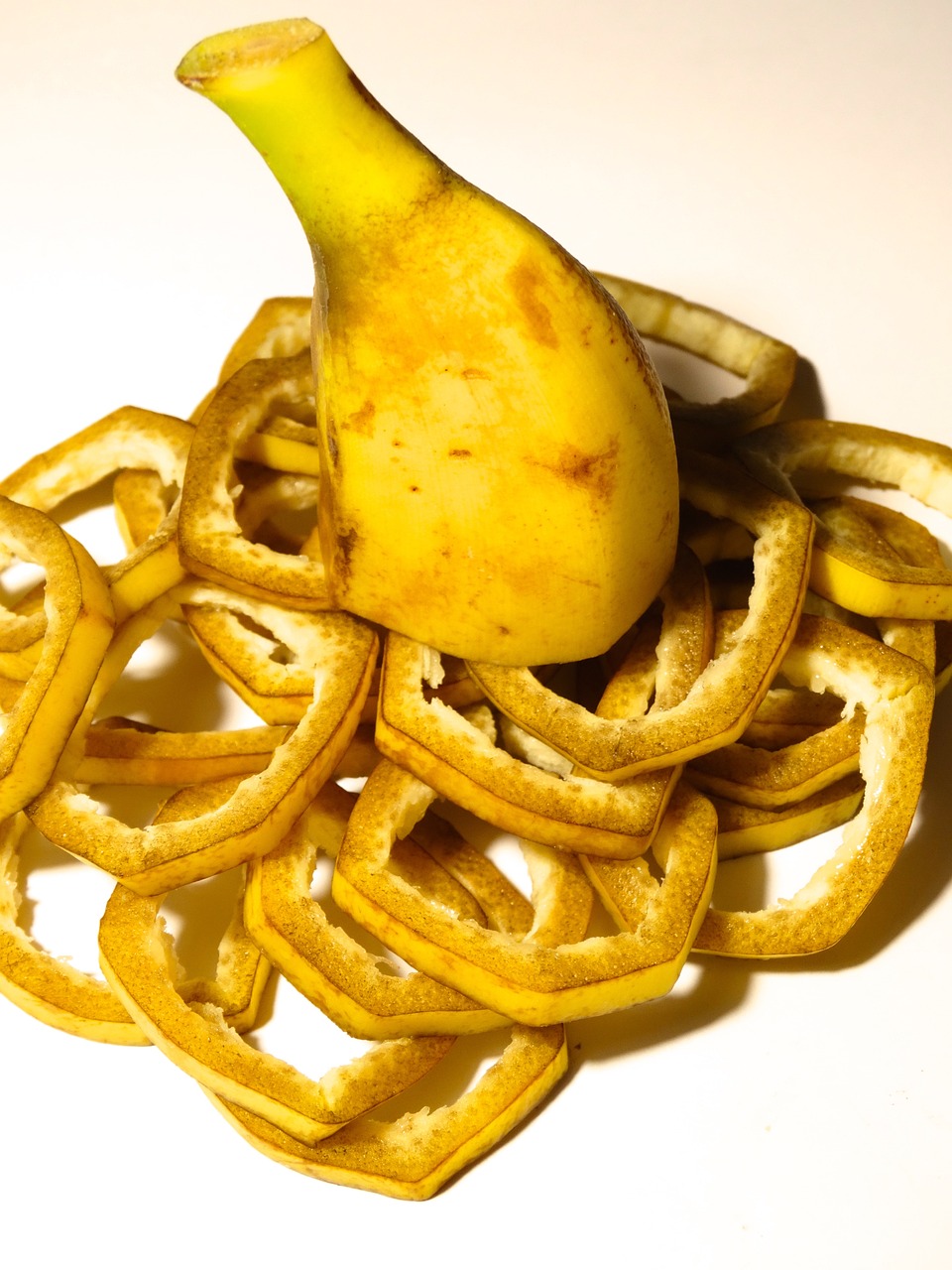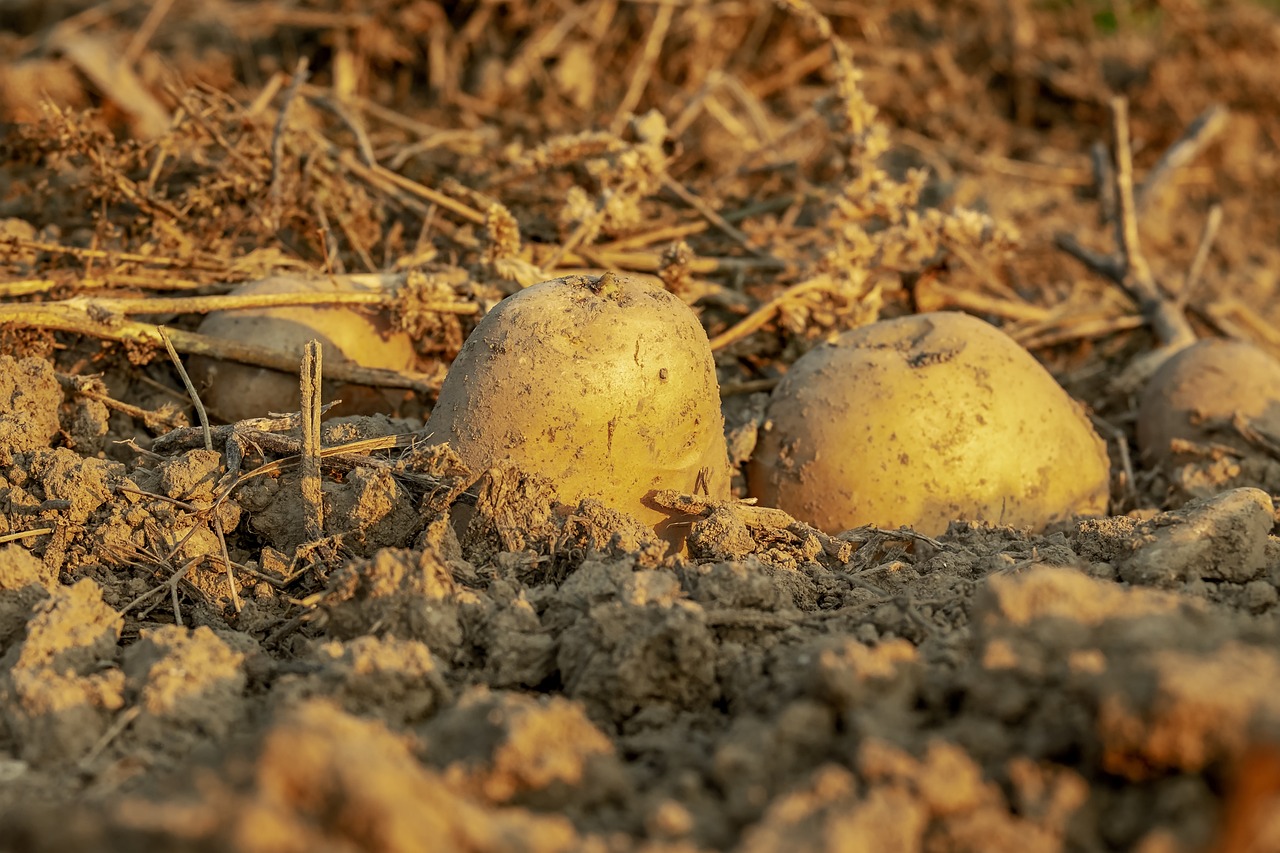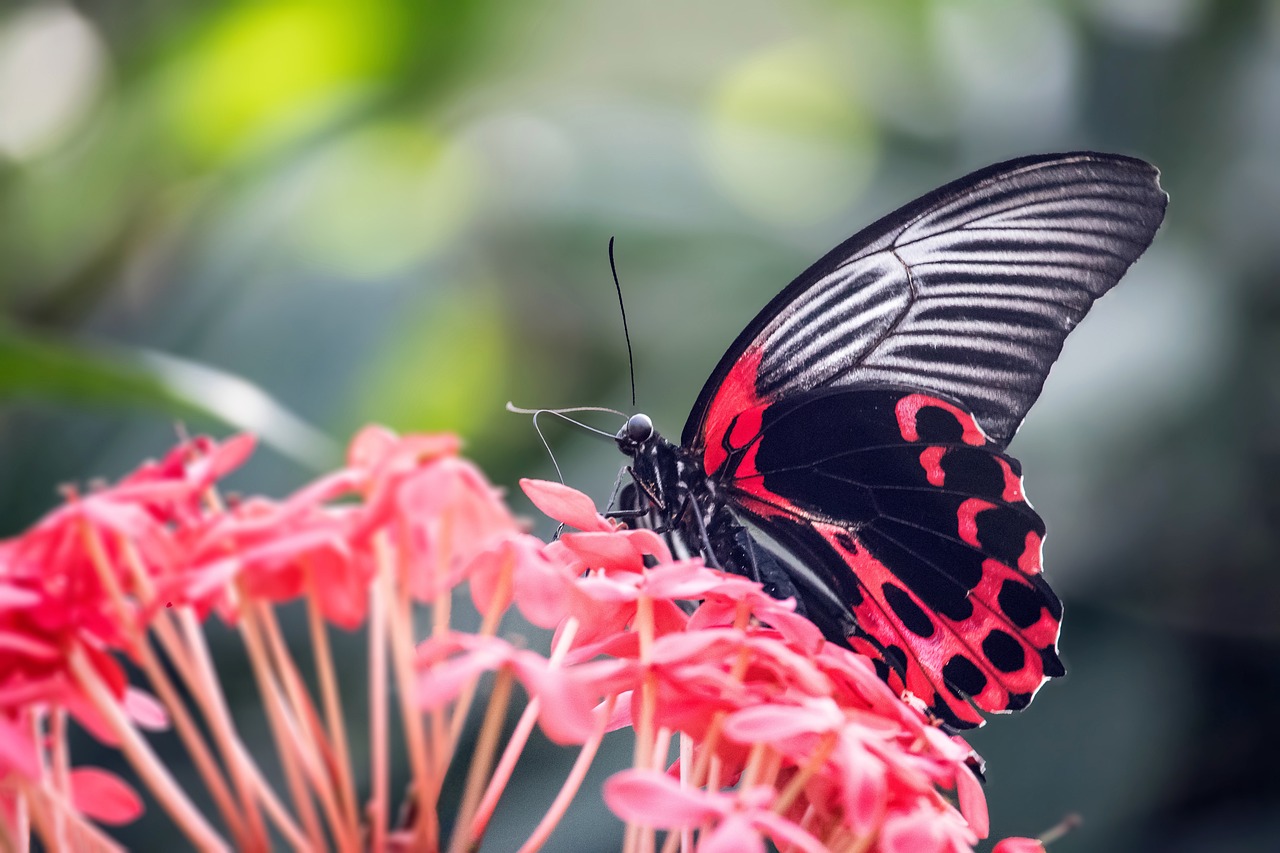Oriental Poppy Seeds – Germinating and Caring for Oriental Poppies
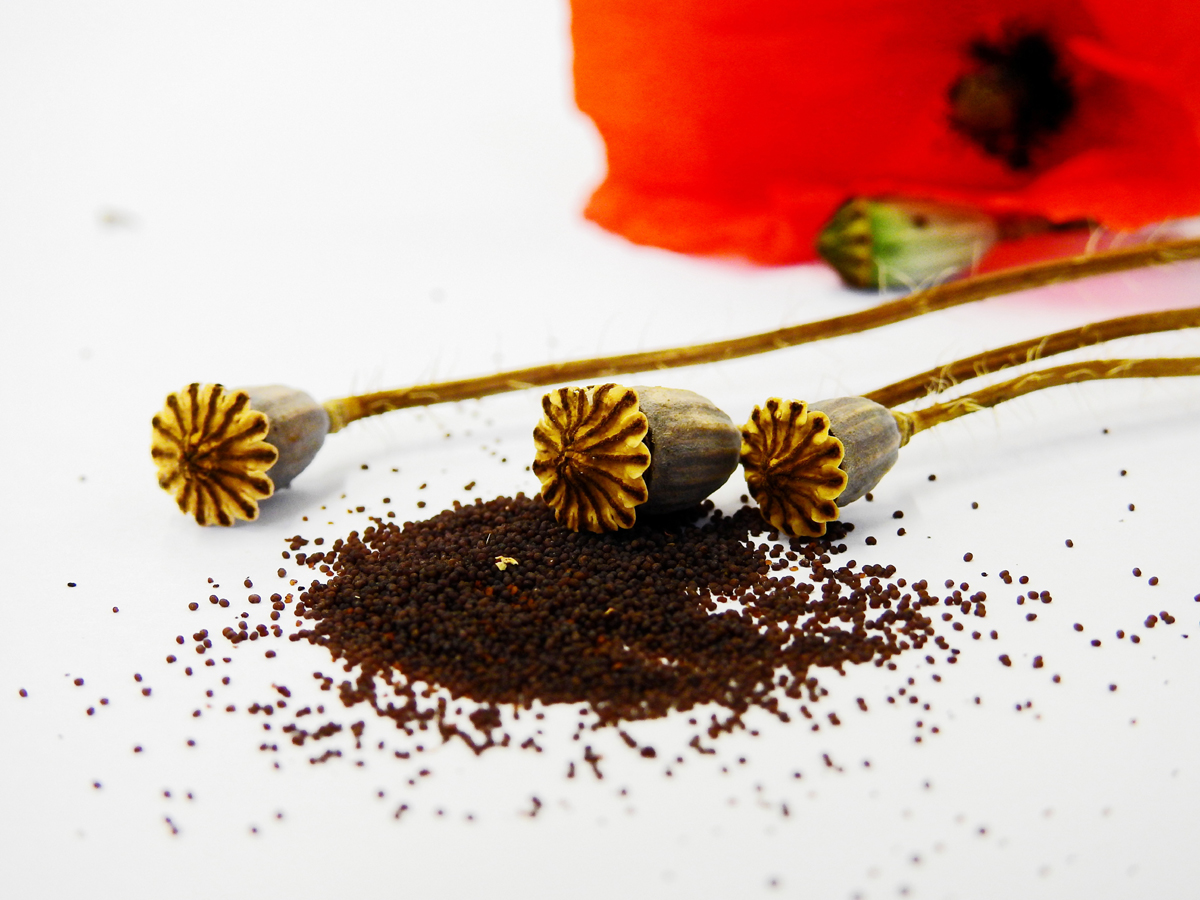
Oriental Poppies (Papaver Orientale)
Producing The Best from Your Oriental Poppies
Poppies are a vibrant part of many gardens, and for some of the most incredible plants of the family, Oriental poppy seeds (Papaver Orientale) can be grown and nurtured at home. Perennials by nature, these specimens are perfect in the herbaceous border and will create a serene and natural show of flowers in the spring for all to enjoy. Meanwhile, with a wide range of flower colors available, gardeners can easily incorporate them into their schemes whatever the color palette.
Germinating and growing oriental poppies (Papaver Orientale)from seed can be more difficult than many other poppies, but with the right conditions and care, healthy vibrant plants can be established. Using seed compost, seeds should be scattered generously on the surface of moist soil and not covered. However, while it is important the seeds remain uncovered by soil, they also need darkness to germinate properly. Using newspaper or pieces of card, cover the pot or seed trays at night until the first green shoots start appearing after approximately 15 to 20 days. The covering can then be removed, and seeds grown on with care to ensure that compost is kept moist and air circulation high to prevent damping off.
When plants are large enough to transplant, care should be taken not to disturb the roots as this is a particularly high cause of die-off in young Oriental poppies. They should be situated in an herbaceous border which has nutrient rich, well drained soil, and is in full sun to ensure that young plants can grow up as quickly as possible.
Providing the right initial conditions are correct, Oriental poppies will quickly begin to thrive and put on spectacular shows in the spring. Unlike many herbaceous plants which should be cut down as they fade in the fall, the best time to remove foliage and flower stalks is shortly after flowering, when poppies will begin to brown and die. With root propagation also a viable way of producing new plants, letting seed pods ripen is not necessary, and so all trace of plants should be removed back to soil level. Gardeners will very quickly find that individual Oriental poppy specimens soon start putting out new fresh leaves again, which though staying relatively small, will often remain through the winter months until the spring warmth encourages vibrant growth.
Like many herbaceous plants, the best time to divide, split, and take root cuttings from Oriental poppies is in the fall after they have flowered for the year and become almost entirely dormant. For large specimens which have been left to mature fully, simply digging up the plant will be sufficient to find rooted tubers which can be easily separated. For plants where only one root ball has developed, fleshy roots can be cut into segments of between one and two inches. Lay these just under the surface of potting compost placed into a pot, and maintain the moisture. While disturbance must be kept to a minimum, most plants will start to develop roots after only a couple of weeks, with the appearance of green shoots signaling that the propagation has been successful.
Oriental poppies (Papaver orientale) are beautiful plants that many crave to have in their garden. A border simply full of different shades of specimens provides a breathtaking and stunning sight. And with Oriental poppy seeds offering a wide variety of species to grow, gardeners can ensure that their borders are bursting with vibrancy.
So, now that you understand how easy it is to grow and care for Oriental Poppy Seeds, let me show you all the wonderful colors and varieties available in our store One Stop Poppy Shoppe.
The Author:
Julie Calhoun is owner/operator of One Stop Poppy Shoppe in Northern Wisconsin. We are experts in planting, growing and caring for all types of poppies. Stop by, see our huge catalog and find out how we can help with your garden.

